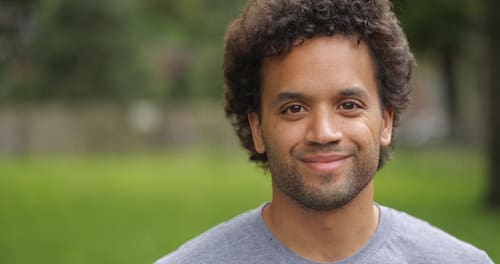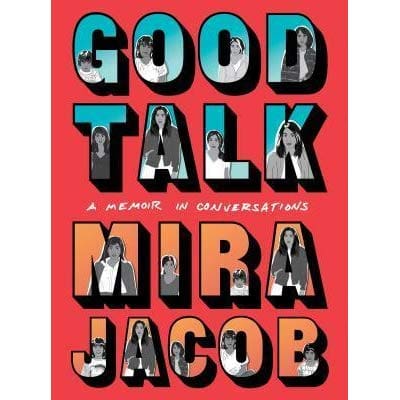
As a woman who is biracial, half East Indian and half Caucasian, and embraces both as my total racial identity, I have found it difficult to find acceptance of myself either from the Caucasian or East-Indian community. People in white society see me as wholly white. Sometimes when someone finds out I am a person of color (POC), she lumps me in as a POC without considering that I am also white. In the East-Indian community, most believe I am a white woman married to an Indian man. My last name, Kothari, is assumed to be my husband’s rather than my father’s.
Many in America think of biracial identity as one where someone is half black and half white. There is not a sense in the greater society that many people lay outside or beyond that norm who identify as biracial or multiracial. In American society, it’s hard to see how someone fits outside of black and white. And yet there are so many of us who dwell in multiple racial identities outside of this construct.
Yet, people want to fit you in somewhere in how they understand the construct of race. This is why this video, “I Identify As Human” feels important to me and captures the spirit of being a biracial and multiracial person in this world. I love how it ends with the people saying boldly, “I am different,” and “I am a human.”
It is difficult to walk in this world meeting people ready to box you into a racial identity. Another poignant part of this video is the question we receive all of the time, “What are you?” People are seeking to put you in a place in their minds that they can understand. “Oh, you’re Asian.” all of a sudden that title of race gives someone a whole lot of information about you for the other to decide how to treat you, what ways to think about you, and more. You are now in the box.
Biracial and multiracial people make the status quo uncomfortable. What? Someone is half white and half Indian? How does that work? It makes people in society uncomfortable. This video allows for people to proclaim, “I am human!” With that, everyone knows the feeling of being a human. It is universal. Perhaps in people feeling reassured that we are more alike to you than we are different, a genuine curiosity about our unique selves will emerge with space for both parts to be integrated, seen, and understood.



